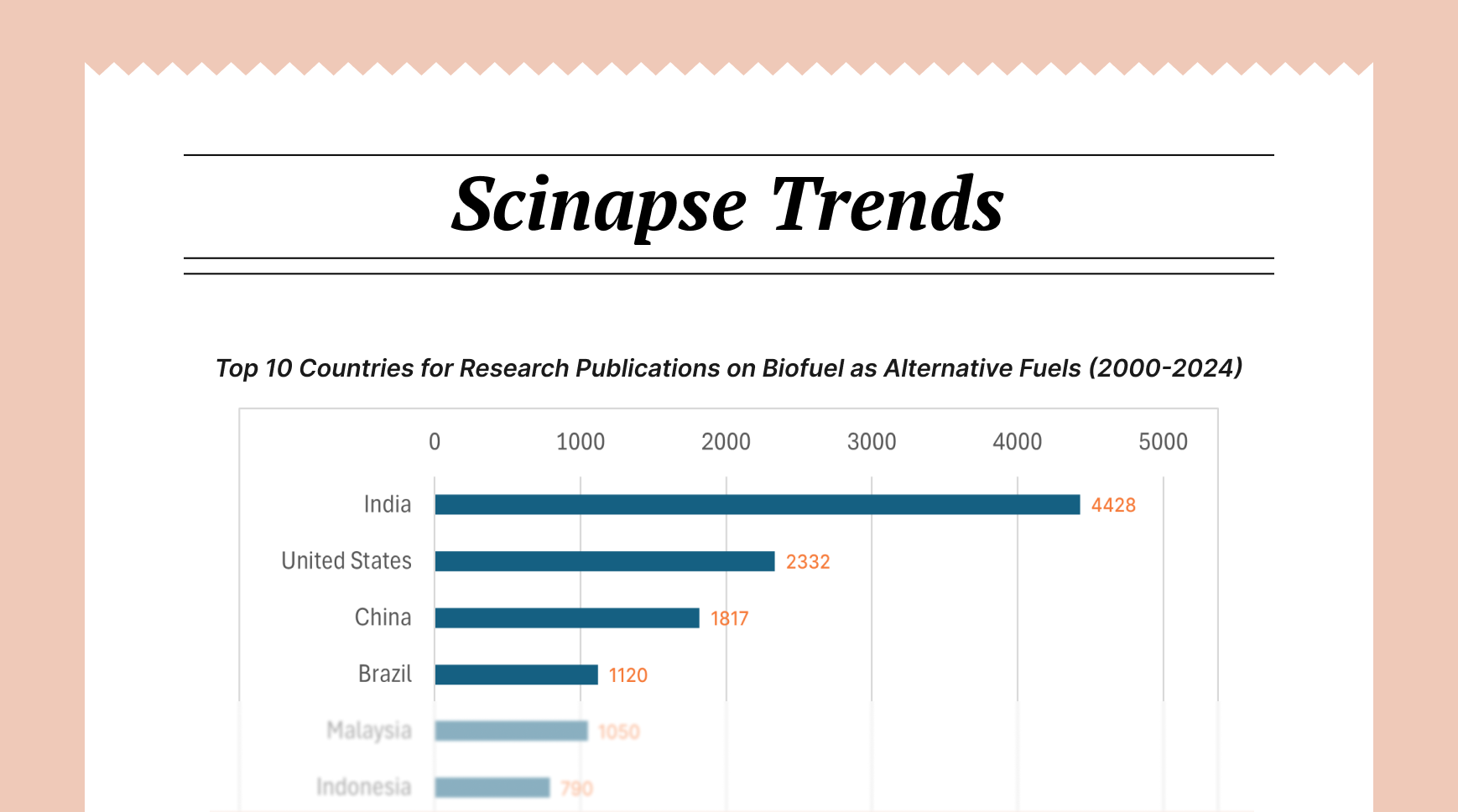Expert Tips for Writing a Literature Review in Medical Research

Any robust medical research lies in a meticulously crafted literature review. Far from being a mere summary of existing studies, a literature review is a critical analysis, a synthesis of current knowledge, and a crucial stepping stone that justifies your research question, contextualizes your findings, and highlights gaps in the existing body of evidence. For medical researchers, where the stakes are often lives and the rapid pace of discovery demands constant updates, the art of writing a literature review is paramount. This comprehensive guide will equip you with expert tips to navigate the complexities of this essential academic endeavor.

Understanding the Purpose of a Literature Review in Medical Research
Before delving into the practicalities, it's vital to grasp the multi-faceted role of a literature review in the medical domain. It serves to:
- Establish the Context: It positions your research within the broader scientific landscape, demonstrating your understanding of prior work in your field.
- Identify Knowledge Gaps: By critically evaluating existing research, you can pinpoint areas where information is lacking, thereby justifying the need for your study. This is perhaps the most crucial function in medical research, as it highlights unmet needs or unresolved clinical questions.
- Inform Research Design: The insights gained from a comprehensive literature review can significantly influence your study design, methodology, and even the statistical approaches you choose.
- Support Your Hypothesis: It provides the theoretical and empirical foundation for your research hypothesis, showing how your proposed study logically extends from what is already known.
- Avoid Duplication: A thorough literature review prevents inadvertent replication of studies that have already yielded definitive answers, saving valuable resources and time.
- Identify Methodological Flaws: Critiquing existing studies allows you to learn from their limitations and refine your research methods to avoid similar pitfalls.
- Provide a Framework for Discussion: Later, when discussing your own findings, the literature review offers a crucial backdrop against which to interpret and contextualize your results.
Phase 1: Strategic Planning and Topic Definition
The foundation of a successful literature review is laid in the planning phase.
- Define Your Research Question Precisely: Your literature review should revolve around a well-defined research question. In medical research, this question often arises from a clinical problem, an observation, or a gap identified in patient care. A precise question narrows your search and ensures relevance. For example, instead of "Treatment for Diabetes," consider "Efficacy of SGLT2 Inhibitors in Preventing Cardiovascular Events in Type 2 Diabetes Patients with Established Atherosclerotic Cardiovascular Disease."
- Determine the Scope and Boundaries: Medical literature is vast. Establish clear parameters for your literature review.
- Timeframe: Are you interested in the last 5 years, 10 years, or since the inception of a particular treatment?
- Study Design: Are you focusing on randomized controlled trials, observational studies, systematic reviews, or a combination?
- Patient Population: Are you limiting your review to a specific age group, comorbidity, or demographic?
- Intervention/Exposure: Is your review limited to a specific drug, surgical procedure, diagnostic test, or environmental exposure?
- Choose Appropriate Databases and Search Strategies: This is where the breadth and depth of your literature review are truly tested.
- Key Medical Databases: PubMed/MEDLINE, Embase, Cochrane Library, Web of Science, Scopus, CINAHL (for nursing and allied health), and specific specialty databases (e.g., PsycINFO for psychiatric research).
- Develop Comprehensive Search Terms (Keywords and MeSH terms/Emtree): Use a combination of keywords, Boolean operators (AND, OR, NOT), truncation (*), and proximity operators. Leverage medical subject headings (MeSH in PubMed, Emtree in Embase) for more precise and controlled vocabulary searches. Consult with a medical librarian – they are invaluable resources for developing robust search strategies.
- Document Your Search Strategy: Crucially, keep a meticulous record of all databases searched, keywords used, search dates, and the number of results obtained. This ensures transparency, reproducibility, and helps avoid redundancy.
Phase 2: Systematic Information Gathering and Screening
Once your planning is complete, the rigorous process of information gathering begins.
- Execute Your Search Strategy: Systematically run your searches across all chosen databases.
- Manage and Organize Your References: Use reference management software like EndNote, Zotero, Mendeley, or RefWorks. These tools help you store, organize, de-duplicate, and cite your sources efficiently, a critical step when dealing with hundreds or even thousands of articles.
- Initial Screening (Title and Abstract): Quickly review titles and abstracts to identify potentially relevant articles. Be liberal at this stage; it's better to include a few false positives than to miss a critical paper.
- Full-Text Retrieval and Detailed Screening: Obtain the full text of all articles that passed the initial screening. Read these articles thoroughly to determine their actual relevance to your research question. Apply your pre-defined inclusion and exclusion criteria rigorously. This stage often involves careful assessment of methodology, results, and conclusions.
- Critical Appraisal of Included Studies: This is a cornerstone of a high-quality literature review, especially in medical research. Don't just summarize; evaluate.
- Assess Methodological Quality: Use established tools like the Cochrane Risk of Bias tool for RCTs, the Newcastle-Ottawa Scale for observational studies, or the Joanna Briggs Institute (JBI) critical appraisal tools for various study designs.
- Consider Strengths and Limitations: Identify the strengths of each study (e.g., large sample size, robust methodology) and its limitations (e.g., small sample size, selection bias, short follow-up).
- Evaluate Generalizability: Can the findings be applied to a broader patient population or different clinical settings?
- Identify Conflicts of Interest: Be aware of potential biases stemming from funding sources or author affiliations.
Phase 3: Synthesis, Analysis, and Writing the Literature Review
With your meticulously gathered and critically appraised literature, you're ready to synthesize and write.
- Identify Themes and Patterns: As you read, look for recurring themes, contrasting viewpoints, agreements, and disagreements among studies. Group similar studies together. In medical research, these themes might relate to treatment efficacy, diagnostic accuracy, risk factors, disease progression, or patient outcomes.
- Develop an Outline: A well-structured outline is crucial. Common structures for a literature review include:
- Chronological: Tracing the development of research over time.
- Thematic: Organizing by key themes, concepts, or subtopics relevant to your research question. This is often the most effective for medical literature reviews.
- Methodological: Grouping studies by their research design (e.g., all RCTs, then all observational studies).
- By Intervention/Population: If your review covers multiple interventions or patient groups.
- Craft a Compelling Introduction:
- Hook the Reader: Start with a broad statement about the importance of your topic in medical research.
- Provide Background: Briefly introduce the key concepts and define any necessary terms.
- State the Purpose: Clearly articulate the aim and scope of your literature review. What question(s) will it answer?
- Write the Body Paragraphs – Focus on Synthesis, Not Just Summary:
- Integrate and Synthesize: Don't just list studies one by one. Instead, synthesize their findings. For example, "While Study A (Author, Year) found X, Study B (Author, Year) challenged this finding, suggesting Y due to Z methodological differences."
- Analyze and Interpret: Go beyond describing. Critically analyze the findings. What are the implications of the discrepancies? Why might certain studies yield different results?
- Identify Gaps and Contradictions: Explicitly highlight areas where research is lacking, inconsistent, or where further investigation is needed. This is your opportunity to justify your research.
- Use Transition Words and Phrases: Ensure a smooth flow between paragraphs and ideas.
- Maintain an Objective Tone: Present the information fairly and without bias. Acknowledge conflicting evidence.
- Write a Powerful Conclusion:
- Summarize Key Findings: Briefly reiterate the main themes and conclusions drawn from your literature review.
- Reiterate Gaps and Limitations: Emphasize the existing research's identified knowledge gaps and limitations.
- State the Implications for Your Research: Clearly explain how your literature review informs and justifies your current research. How will your study address the identified gaps or build upon existing knowledge?
- Suggest Future Directions: Briefly suggest areas for future research based on the current state of knowledge.
Phase 4: Refining and Polishing
Even after completing the main write-up, thorough refinement is essential.
- Check for Clarity and Cohesion: Ensure your arguments are logical and easy to follow. Is there a clear narrative thread?
- Verify Accuracy of Information and Citations: Double-check all facts, figures, and especially your citations. Inaccurate citations undermine credibility. Use your reference management software to generate citations and bibliography in the required style (e.g., AMA, Vancouver, APA).
- Proofread Meticulously: Check for grammatical errors, typos, punctuation mistakes, and awkward phrasing. Consider using grammar-checking tools, but also read through carefully yourself. Reading aloud can help catch errors.
- Seek Feedback: Ask a colleague, mentor, or a subject matter expert to review your literature review. Fresh eyes can spot omissions, unclear arguments, or areas for improvement.
Key Considerations for Medical Literature Reviews
- Timeliness: Medical knowledge evolves rapidly. Ensure your literature review includes the most recent and relevant publications.
- Clinical Relevance: Always consider the clinical implications of the research you are reviewing. How do the findings translate to patient care or public health?
- Bias: Be acutely aware of potential biases in medical studies (e.g., funding bias, publication bias, selective reporting). Critically appraise each study for these issues.
- Ethical Considerations: If applicable, consider the ethical implications of the studies you are reviewing.
- Guidelines and Consensus Statements: Integrate relevant clinical guidelines, consensus statements, and expert recommendations into your literature review, as these often synthesize a vast body of evidence.
Writing a literature review is an iterative and demanding process, but by following these expert tips, medical researchers can transform it from a daunting task into a rewarding intellectual exercise. A well-executed literature review not only showcases your expertise but also lays a robust intellectual foundation for impactful and meaningful medical research. Remember, a compelling literature review isn't just about what's been studied; it's about what needs to be studied next.
Author: Uttkarsha B
- AI-Ethicist and STM Research & Publishing Expert
Never re-search again.
Scinapse is made by researchers for researchers.
Join the next generation of research at ⏯️ https://scinapse.io/
Pluto Labs
Pluto Labs helps researchers focus on their research by improving several inefficiencies in the academic research process. We offer data-driven insights from academic papers, allowing users to easily obtain review-level results for their desired range of papers.
https://pluto.im/





Comments ()